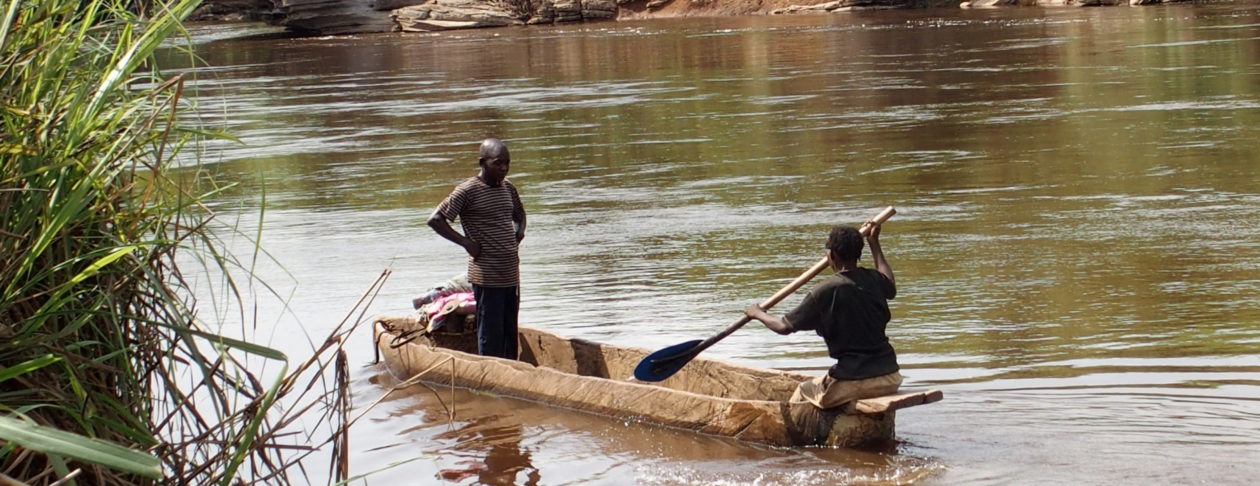by A. Wong & W. Yims, Jul 4, 2022 in The SaltbushClub
Summary
During late 2021, the Hunga Tonga-Hunga Ha’apai submarine volcano erupted creating a new island which erupted sub-aerially on 15th January, 2022 sending a plume 58 km above sea level penetrating the mesosphere. The study of observation records including satellite data has revealed warming of the ocean-surface layer followed by atmospheric cooling caused by the release of geothermal heat and volcanic materials entering the atmosphere respectively. Environmental factors influencing weather include the development of a relatively ‘short’ life-span South Pacific Blob; the transfer of large quantities of water vapour from the ocean into the atmosphere; the low-pressure condition on the ocean surface; the formation of clouds; the reduction of solar radiation caused by volcanic materials in the atmosphere; the strengthening of trade winds; the meandering of jet streams; the development of atmospheric rivers, the additional cooling effect of torrential rainfall, and, the switch to La Niña conditions. The record rainfall in eastern Australia and New Zealand and Tropical Cyclone Dovi occurring in February 2022 were both outcomes of atmospheric cooling following the sub-aerial eruption.
…
…
by Massachusetts Institute of Technology, Jul 7, 2022 in ScienceDaily
The moon sustained twice as many impacts as can be seen on its surface, scientists find.
Around 4.4 billion years ago, the early solar system resembled a game of space rock dodgeball, as massive asteroids and comets, and, later, smaller rocks and galactic debris pummeled the moon and other infant terrestrial bodies. This period ended around 3.8 billion years ago. On the moon, this tumultuous time left behind a heavily cratered face, and a cracked and porous crust.
Now MIT scientists have found that the porosity of the moon’s crust, reaching well beneath the surface, can reveal a great deal about the moon’s history of bombardment.
In a study appearing in Nature Geoscience, the team has shown through simulations that, early on in the bombardment period, the moon was highly porous — almost one-third as porous as pumice. This high porosity was likely a result of early, massive impacts that shattered much of the crust.
Scientists have assumed that a continuous onslaught of impacts would slowly build up porosity. But surprisingly, the team found that nearly all the moon’s porosity formed rapidly with these massive imapcts, and that the continued onslaught by smaller impactors actually compacted its surface. These later, smaller impacts acted instead to squeeze and compact some of the moon’s existing cracks and faults.
From their simulations, the researchers also estimated that the moon experienced double the number of impacts as can be seen on the surface. This estimate is lower than what others have assumed.
“Previous estimates put that number much higher, as many as 10 times the impacts as we see on the surface, and we’re predicting there were fewer impacts,” says study co-author Jason Soderblom, a research scientist in MIT’s Department of Earth, Atmospheric and Planetary Sciences (EAPS). “That matters because that limits the total material that impactors like asteroids and comets brought to the moon and terrestrial bodies, and gives constraints on the formation and evolution of planets throughout the solar system.
…
La géologie, une science plus que passionnante … et diverse
